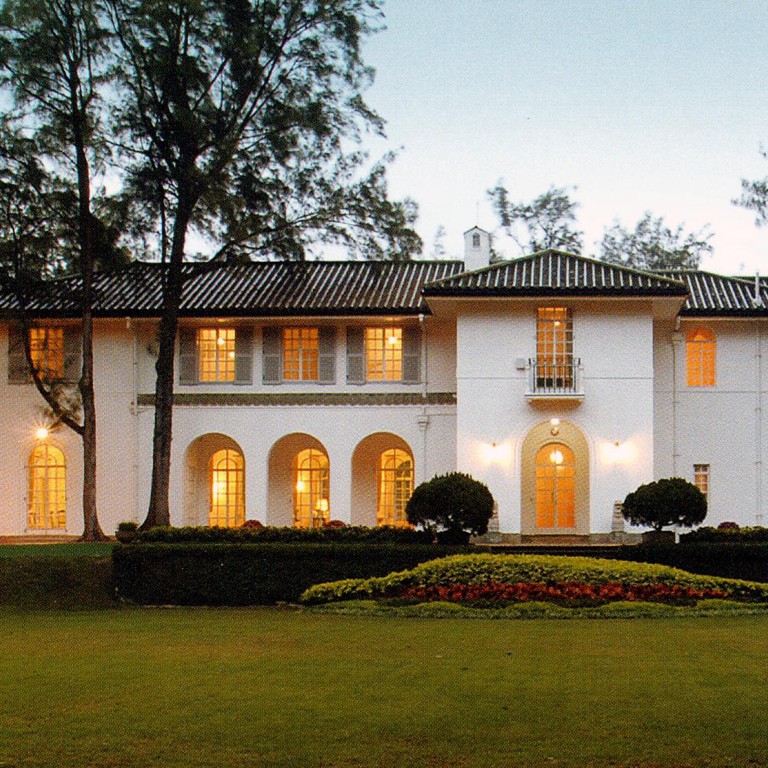
Heritage advisers to rate historic political retreat Fanling Lodge
Conservationists want to keep the summer home of colonial governors that was also the scene of secret Sino-British talks before the handover
Heritage advisers will be rating Fanling Lodge, the 80-year-old summer residence of colonial governors that is facing an uncertain future because of a new town development.
Already, some of them say the lodge - which was the scene of secret Sino-British talks before the 1997 handover - is historically significant and should be preserved and used as a public facility in a future new town.
Chief Executive Leung Chun-ying has used it to host top government advisers and ordinary Hongkongers, such as students.
The learned that the lodge recently made it to a list of 200 newly identified sites slated for historic grading by the Antiquities Advisory Board, which has been rating 1,440 such sites in the past few years.
Last month, Leung said he was willing to surrender the lodge for a new town development. A study, covering the site and the surrounding Hong Kong Golf Club, would start next year.
Asked if this meant the lodge would be demolished, a Development Bureau spokeswoman said: "It is too early to tell.
"The advisory board would flexibly advance its discussion on the grading of a new item [among the 200] in case of cogent needs such as demolition threat."
Fanling Lodge, tucked behind trees and skirting of one of the golf courses, has since 1934 served as a retreat for the city's governors and chief executives. It has also housed visiting dignitaries. Former British prime minister John Major stayed there in 1996 when Chris Patten ruled.
The two-storey, five-bedroom country house stands on a 2.3 hectare site and has a swimming pool, wood-and-stone pergola, tennis court, guardhouse, Chinese-style pavilion and other outbuildings.
The lodge was proposed by governor Sir William Peel in 1932, Antiquities Monuments Office records showed. It was designed by architect Stanley Feltham of the then public works department and completed at a cost of HK$140,000.
Board member Tony Lam Chung-wai said Feltham was an important government architect who took charge of designing many public buildings, including Sai Wan estate in Kennedy Town, which still exists. "Given the site's relationship to the colonial history, it deserves at least a grade two" in the three-tier system, the conservation architect said.
"I don't think the new town development means the lodge has to be demolished. The government can keep it for community use and it can become the centre of a public park."
Former board member Lee Ho-yin agreed, saying it was common conservation practice overseas to preserve a historic block as public space and the central part of a new development. "The lodge is huge and it is easy to give it a new use."

